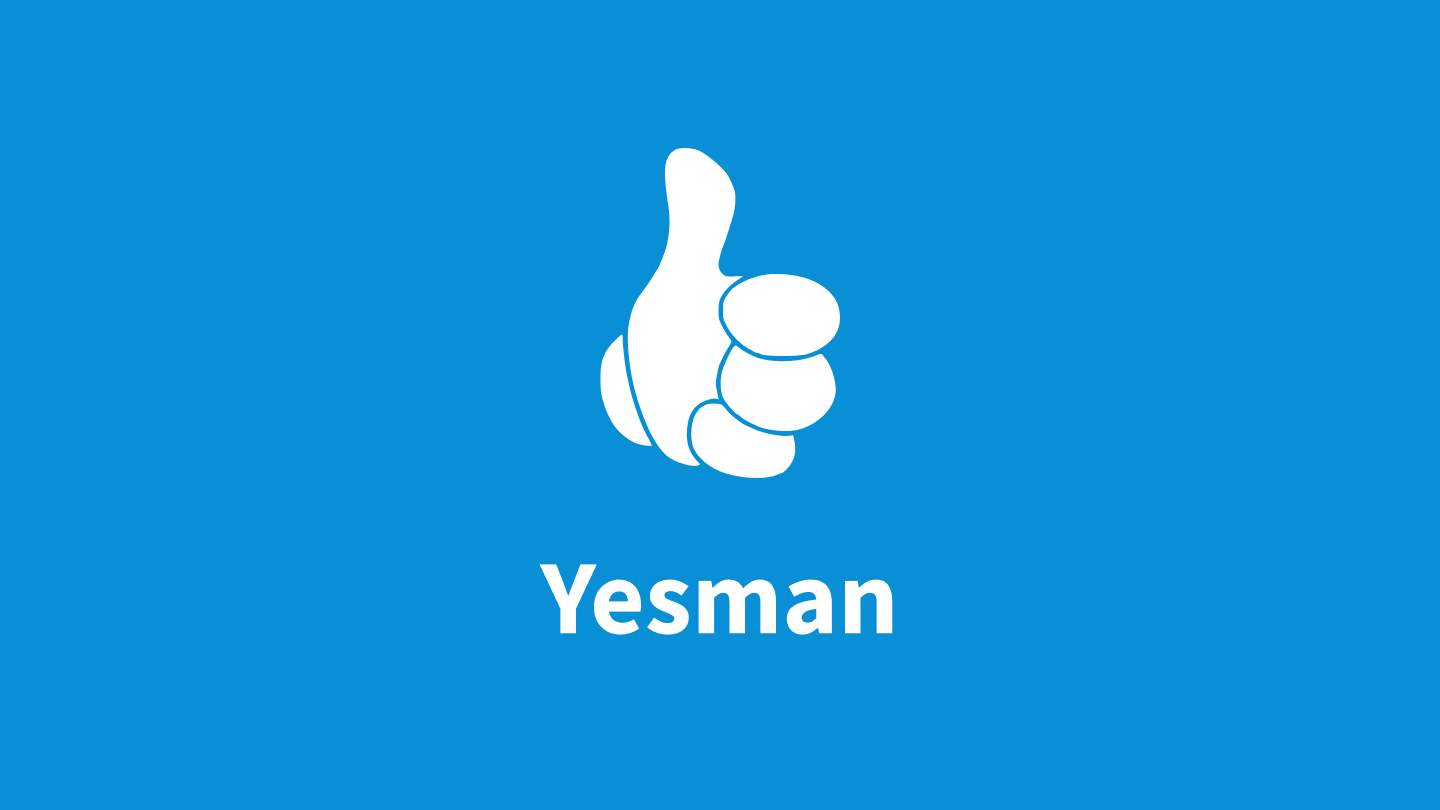
Measurement Tool
Feature in iOS app.
Team
Individual project
Responsibilities
- Research
- Wireframing, prototyping
- Testing, evaluation
- UI Design
Tools
- Figma
- Miro
Timeframe
1 week
Challenge
Problem
Analytics showed that homeowners don’t use the AR measurement tool in the iOS app when creating jobs.
Goal
Increase the quality of created jobs on the marketplace by improving the usability of the measurement tool.
Target users
Homeowners who create jobs for craftspeople on the company’s marketplace using the iOS app.
Context
A homeowner creates a job for a craftsman and needs to specify dimensions for a better quote.
Summary
As part of a UX initiative, I analyzed the AR measurement tool in the company’s iOS app and found 3 main problems. After ideating with low-fidelity wireframes and internally testing the prototype, I created and presented a design that addresses those problems. Due to inconsistency with the company’s OKRs, the project had to be frozen.
Design Process
For this project, I followed a standard design process:
- Research
- Wireframing
- Prototyping
- Testing
Research
I tried out several augmented reality measurement apps for iOS to understand the user expectations of this tool and collect best practices.

Then I did an action analysis of the tool’s user flow and found 3 main problems.

Problem 1: Measuring points are often not positioned exactly due to the lack of explanations on how to use the tool.

Problem 2: The measurement value and the photo have to be created separately and added to the job description manually.

Problem 3: It is not possible to edit the measurement after the photo has been taken and measure several surfaces to sum their area values.

Wireframing
Before creating a prototype, I’ve iterated on the layout of needed UI elements using low-fidelity wireframes in Miro.

Prototyping
To test the new designs, I created several versions of an interactive prototype in Miro. Some of them were eliminated, others refined during the testing process.

Testing
Unfortunately, I didn’t get the resources to recruit actual homeowners from the target audience, so after testing the prototype myself, I went with it to my colleagues in the “support” and “sales” departments, as they know our users best of all in the company. In several rounds of iterative testing and improvements, I’ve gathered many useful insights:

Design
The final version of the interactive prototype adressed all 3 problems:


High-fidelity prototype in Figma
Outcome
Unfortunately, this project was not implemented immediately due to inconsistency with the company’s OKRs. Therefore, after the presentation, I documented the design for the future.
Learnings
- Testing the prototypes myself first helped me to address some usability issues before going to external testers.
- Low-fidelity wireframes shifted the focus of user feedback from layout details to the idea behind the feature.
- Instant feedback from user tests forced me to only focus on details that matter to users.


